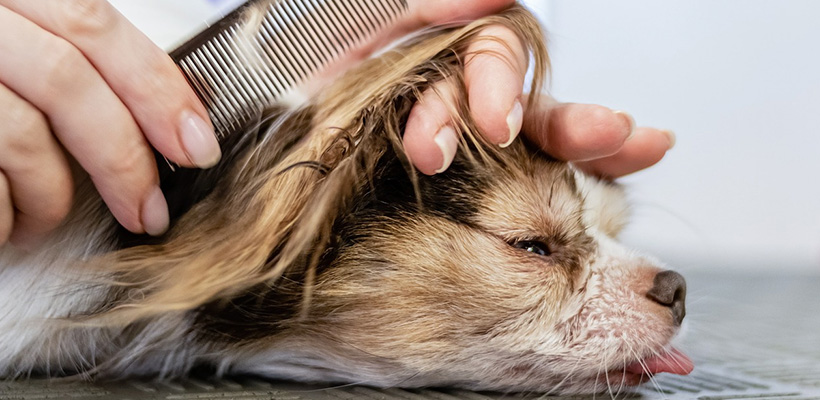
This article is contributed by guest author Salvatore Randazzo (Freelance Writer).
How To Get Rid Of Dog Fleas?
Any dog owner’s life can get troubled by having fleas at their home. Fleas not only irritate your dog and cause excessive scratching, but also deposit their eggs in your furniture, carpet, cupboard, and anywhere else they may access. If your dog has fleas, medical care is necessary. Removing your dog from the insects is crucial as it reduces the level of itching and irritating bites your pet receives and aids in keeping fleas out of your home.
If you find fleas on your pet or at your home, take immediate action to eliminate this problem because they spread quickly, and even a small number of them can cause significant infections that are harmful to both you and your dog.
You can use the following methods or treatments to get rid of fleas.
Bath Your Dog In Lemon Water
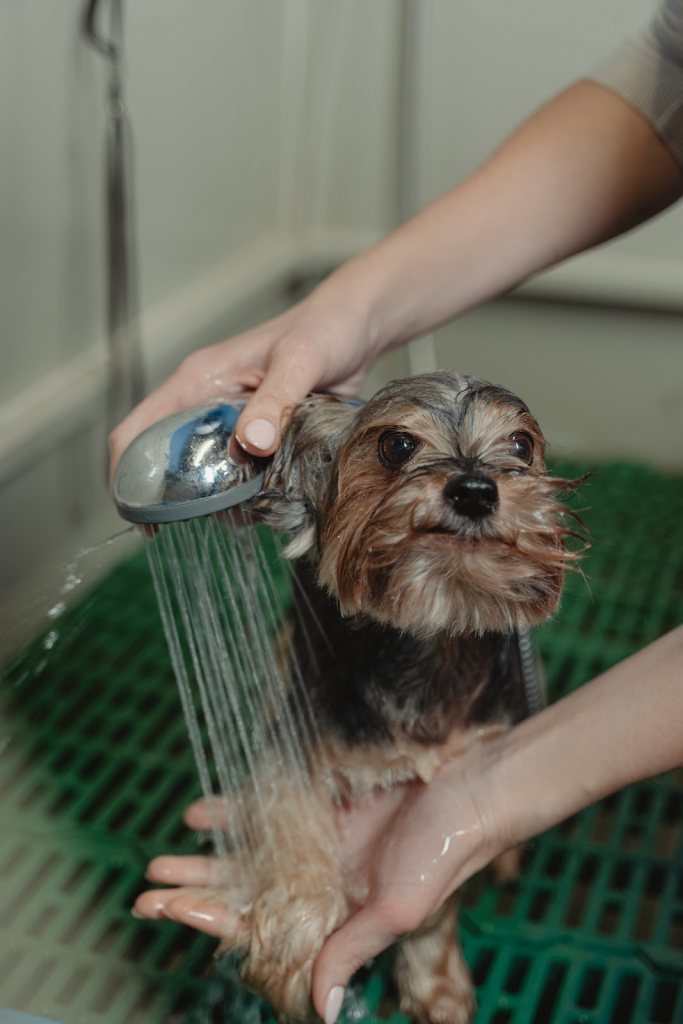
The easy and homemade method of treating fleas is bathing your dog in lemon water. A lemon bath can keep your pet smelling excellent and flea-free. This is a natural remedy for treating dog fleas in which you have to mix half a cup of freshly squeezed lemon juice with two cups of water and then add a squeeze of your regular pet-friendly soap or shampoo into that water. Keep that for some time, and then wash it with fresh water. This will remove the fleas from your dog’s body.
Use a fine-tooth flea comb to comb your dog’s hair
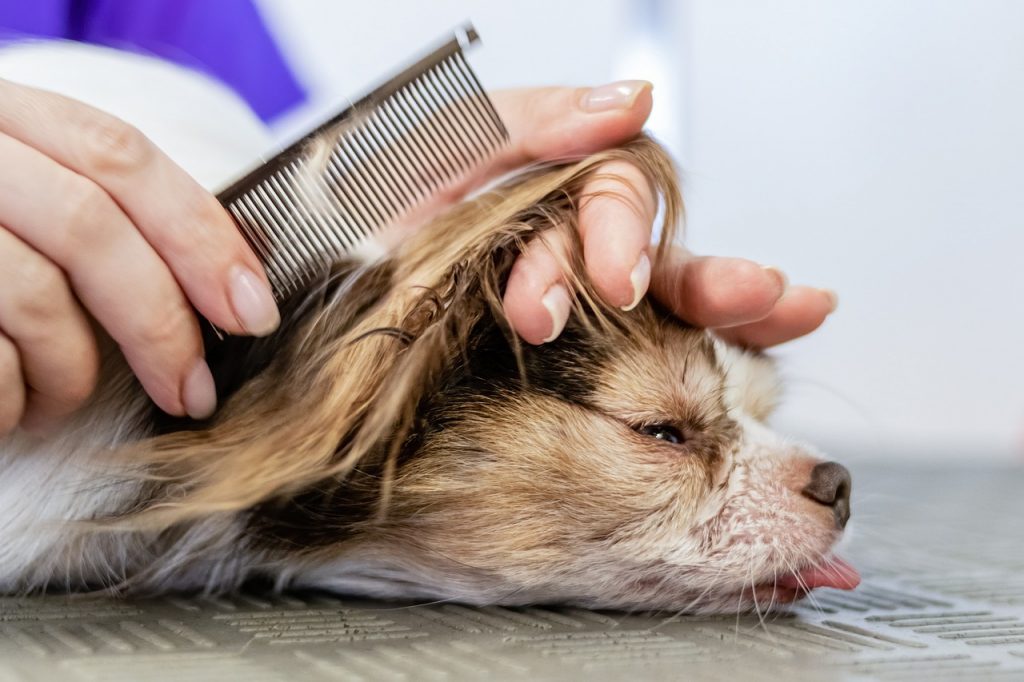
Fleas are tiny, fast, and challenging to grab. But with the help of a flea comb, you can catch them easily. It is one of the methods of getting rid of fleas from your pet’s fur. Insects can be seen by dipping the comb in a water and dish soap solution, preventing them from escaping. A flea comb has teeth set apart to collect fleas while allowing your pet’s fur to pass through.
Flea combs also assist in removing flea poop, often known as “flea dirt”—small dark brown or black dots that resemble pepper flakes. Eggs from your pet’s fur can also be removed using this comb. When combing your pet’s neck and tail, be careful to use extra caution as fleas typically feed there.
Regular Checkups
If your dog has a history of fleas, use a flea comb on your dog at least once every week until you are sure that your dog and your home are flea-free.
Remove the fleas
The tiny insects are typically dark or reddish brown in color and range in size from a poppy seed to a sesame seed. Dip the flea comb into hot, soapy water to destroy any fleas you find on it. Never attempt to smash fleas as they are difficult to kill by hand and jump quickly.
Apply Apple Cider Vinegar
Fleas cannot survive in the slightly acidic atmosphere of apple cider vinegar. To make the mixture, combine six cups of ACV with four cups of water (using a 6:4 ratio), add a pinch of salt, and mix it well. Once your mixture is ready, fill it in a spray bottle and then spray it on your dog’s coat and underbelly, keeping it away from their eyes and any open wounds. This method will remove a maximum number of fleas from your dog’s body.
Use of Coconut Oil
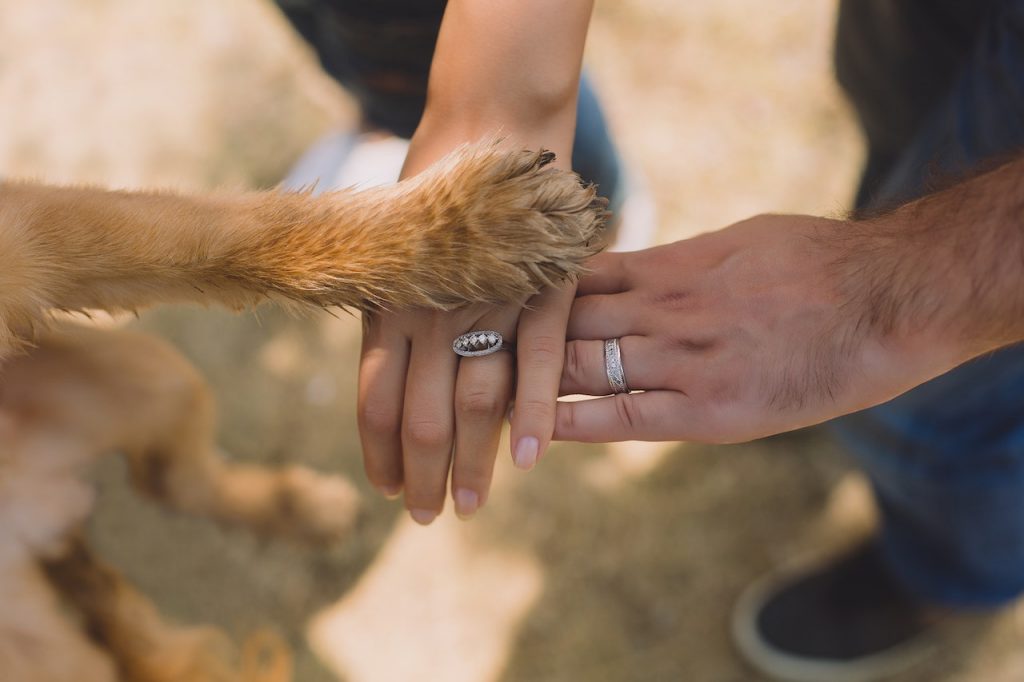
While treating fleas, coconut oil can be beneficial in various ways: your dog’s coat will become shiny and smell less if you rub a teaspoon of coconut oil into it. This method will also help your dog avoid getting fleas. Due to its antibacterial, antifungal, and antiviral qualities, coconut oil may even help treat intestinal parasites when added to your dog’s diet.
Wash all furnishings
After treating your dog with fleas, the next step is to gather up all the soft furnishings your dog spends time on, such as blankets, towels, beds, cushions, mats, etc., and wash them all. Although this method can take up a lot of time and energy, addressing your current flea infestation is necessary.
Consult a Veterinarian
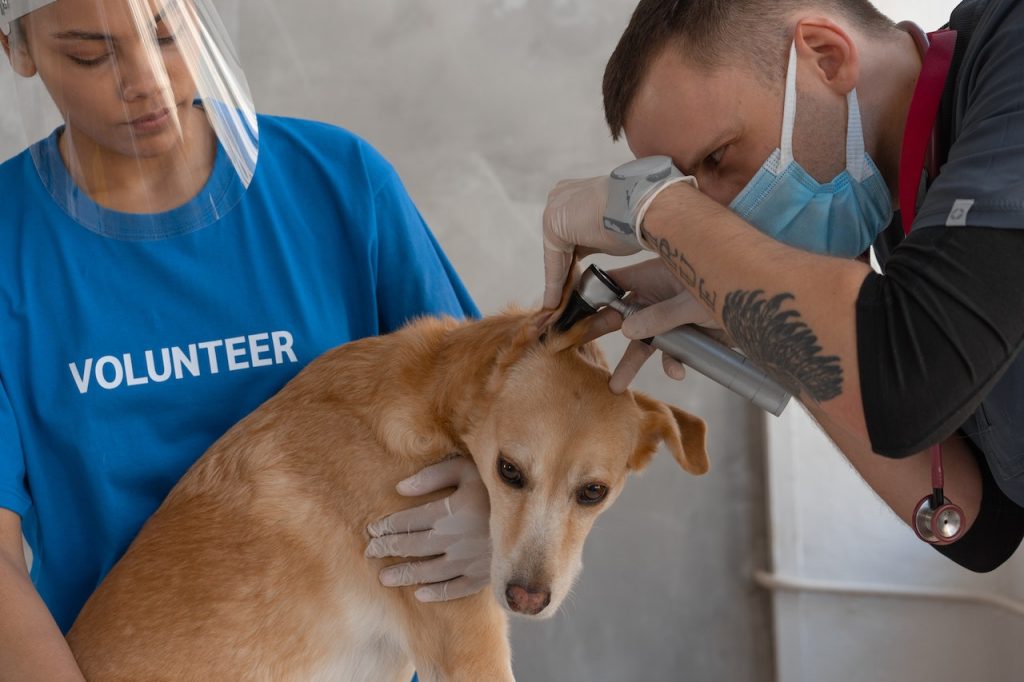
In most cases, fleas don’t pose a severe health risk, and they can get tackled using various home remedies and methods. But if you can’t handle them, the ideal approach to tackle them is with a prescription flea medication like a collar or an oral or topical treatment. It is advisable to consult your veterinarian immediately if your dog is dealing with any of these conditions, such as getting lethargic, losing weight, gums getting pale, or scooting across the floor. These signs could indicate a problem like a tapeworm. You may improve your pet’s health and quality of life as soon as you address these issues.
Conclusion:
These flea home remedies are the best among all other treatments. Whether you own an emotional support dog or a regular dog, do use these methods in treating fleas. Consult your veterinarian immediately if your dog is nipping, chewing, or scratching their body and you start seeing a loss of hair or an inflamed area on its body!

Kathy
January 24, 2024 at 10:33 AMGreat advise.
Thank you